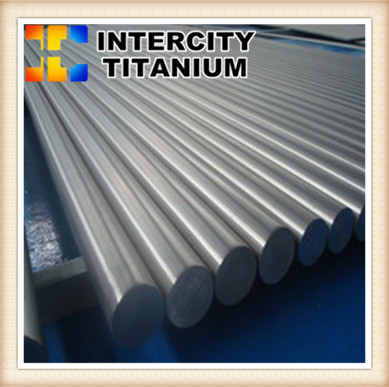Application of Titanium Alloy Rod in Sewage Treatment
Titanium alloy rods, as a structural material, have been extensively used as a method of air oxidation (WAO) equipment to treat sewage and human urine.
In some special applications, the choice of titanium alloy rods is mainly taken into account the composition of the waste to be processed, where the fluorine content is the decisive factor. Japan has more than 30 WAO law to deal with human urine help factory using titanium alloy rod material, those factories, the medium of the nitride content is usually as high as 5.08g / L. The operating conditions of the equipment are 230-240 ℃ and 6.9MPa (1000lbf / in2). As a result of the sewer sewage with fluoride, prompted the United States in the 13 sets of wet air oxidation temperature of 240 on the use of titanium alloy rod material.
The general situation and operating conditions of these plants, and the structure of the titanium rod system. Titanium alloy rods for these devices include heat exchangers, pipes and pressure vessels. In the pressure vessel, the titanium rod can be in the form of composite structure, but also in the form of titanium alloy rod structure. The heat exchangers in these WAO systems have a lot of welds and require pipes, tees and 90 elbows or u elbows. Where the titanium rod is put in place, no failure has occurred due to corrosion. Titanium alloy rods for sewerage have been operating for 10 years and equipment for handling manure has been in operation for 12 years. A wide range of corrosion tests were performed on the ferroalloy bar equipment in the sewer wastewater with high chloride content. The results show that titanium alloy rods have excellent corrosion resistance.
In addition, wet air oxidation processes for various industrial wastes are often obliged to use titanium alloy bars, and several typical chemical processes and corrosion tests for industrial waste liquids show that titanium rods are the most suitable structural material.









